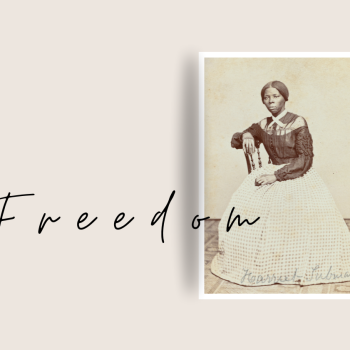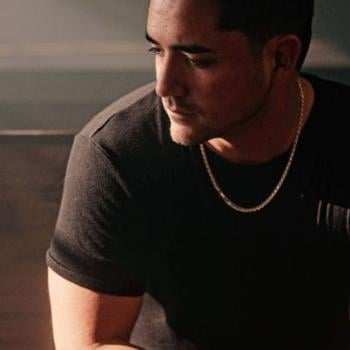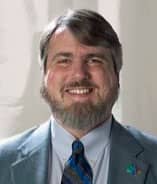What do we believe?
Neopagan Witchcraft may be one of the very few religious paths that does not require a leap of faith. The Craft never says "Believe, and then the miracles will happen." The Craft invites newcomers to learn and try traditional techniques for achieving a communion with the Divine. If you try them and they fail, you look elsewhere to fill your spiritual needs. But if you try them and they work, your experience of the Gods is a personal fact; no more a "belief" than is your knowledge that the sky is blue.
What is our Bible?
Many of our traditions (or denominations) have writings, called a Book of Shadows, that have been handed down to us. These writings do not contain the wisdom of the ancients; rather they are records of the practices that those before us used to communicate with deity. Sometimes our Elders have recorded what they experienced as a result. Each of us uses, changes, and adapts these practices to suit the needs of our times, and in turn records our insights for those who will come after.
But the experience of the Divine is intimate, personal. While I may learn from another's experience, mine will never be quite the same as theirs. And so, no matter how ancient the source or how honored the Elder, these writings do not carry the authority of scripture; they cannot carry such authority. To grant a traditional text such authority would be to say that this is it, the truth for all time. But we are a nature religion, and a fundamental truth of nature is that everything changes.
Where are our churches?
Someone asking this really means, "Where is there a building that I can go see?" Once again, a nature religion has a somewhat different view. Tony Kelly of Wales wrote:
Where are the Pagan shrines? And where do the people gather? Where is the magic made? And where are the Goddess and the Old Ones? Our shrines are in the fields and on the mountains, in the stars and in the wind, deep in the greenwood and on the algal rocks where two streams meet. (Pagan Musings, 1970)
The Craft may be reaching a stage in our development where we will soon have community centers, but our sacred spaces will always be out in nature, standing upon the body of our Mother, beneath Father Sky and Our Lady the Moon, and with the forces of the Elements arrayed about us. To my knowledge, the Native Americans and the Witches are the only groups that have actually gone outside to celebrate their spirituality in a natural setting.
Who are our prophets or leaders?
We are each our own prophet, our own teacher, in our communion with the Divine. To the extent that we are able to manifest that connection in our lives and teach the practices to others, we all have the capacity to be leaders. As such, we have many leaders, many Elders, all over the world. Many would say that anyone initiated as a Witch is a leader, or they would not be recognized by their peers as a Witch. But we have no hierarchy beyond that immediate and often fluid distinction between teacher and student. No pope, no guru, no intermediary between the individual and the Divine. If the God and Goddess are truly within each of us, then we need only look within to find them. Indeed, a popular traditional text ascribed to the Goddess includes this passage:
...if that which thou seekest thou findest not within thee, thou wilt never find it without thee. For behold, I have been with thee from the beginning; and I am that which is attained at the end of desire." (A Sourcebook for the Community of Religions, 1993)
How can we achieve salvation, then?
We're not even trying to. We don't understand what there is to be saved from.
The idea of salvation presupposes a Fall of some kind, a fundamental flaw in Creation as it exists today. Witches look at the world us and see wonder, we see mystery. The death and destruction that frighten some we see as a necessary part of the wheel of life, exaggerated and exacerbated when life is lived out of balance with Nature. And while many of us believe in reincarnation, we do not seek to escape the wheel of rebirth. We can't imagine anything more wonderful than to come back to this bounteous and beautiful Earth, except perhaps to come back to an Earth freed from Man's environmental depredations.
Even when these questions have been answered, and the presuppositions underlying them exposed and explained, Neo-Pagans still have to wrestle with problems arising from preconceptions. Many Interfaith groups impose a "hundred-year rule" on members, meaning that you cannot participate in the community of faiths unless you have been around at least 100 years.
Aside from the fact that this is an arbitrary number, how do you figure it? How old are many of the contemporary Baptist groups, for example? Are they 50 years old or so, dating from their incorporation as legal entities? Are they 500 years old or so, dating from Martin Luther? Are they 2000 years old or so, dating from the coming of Jesus Christ? Or are they 4000 years old or so, dating from the times of Abraham and Moses?





